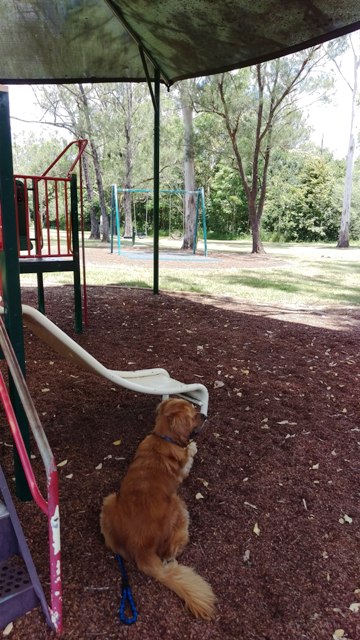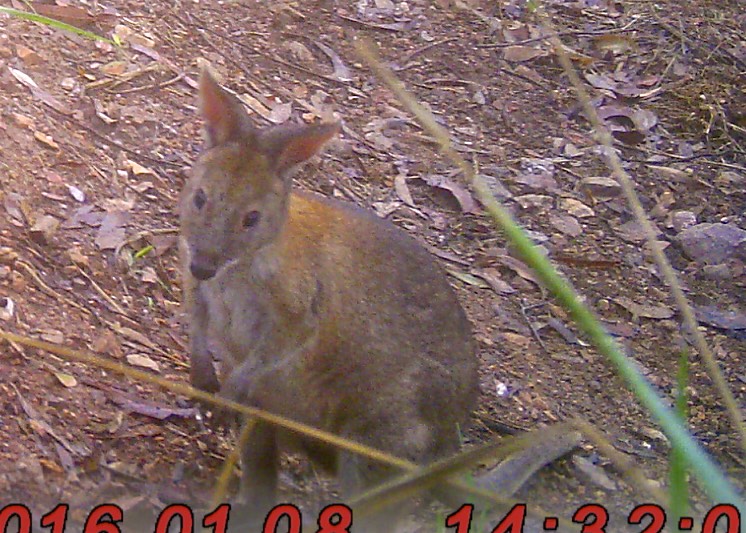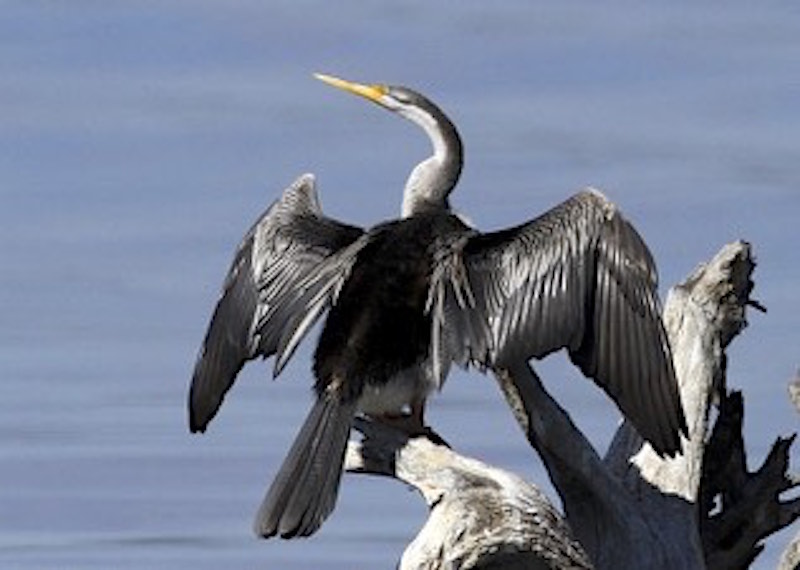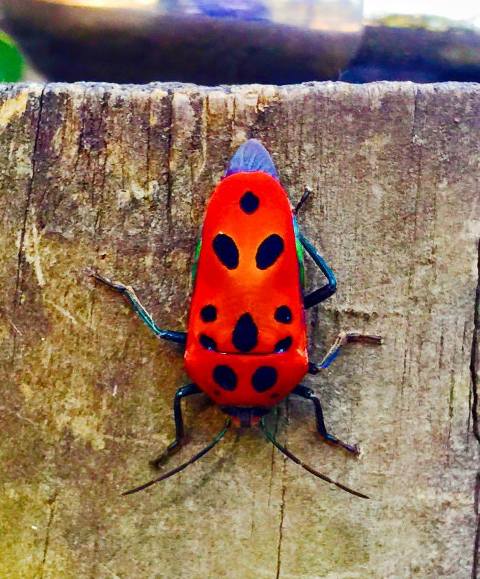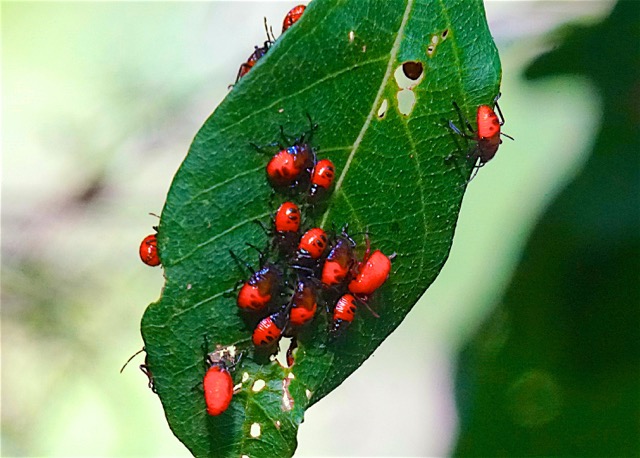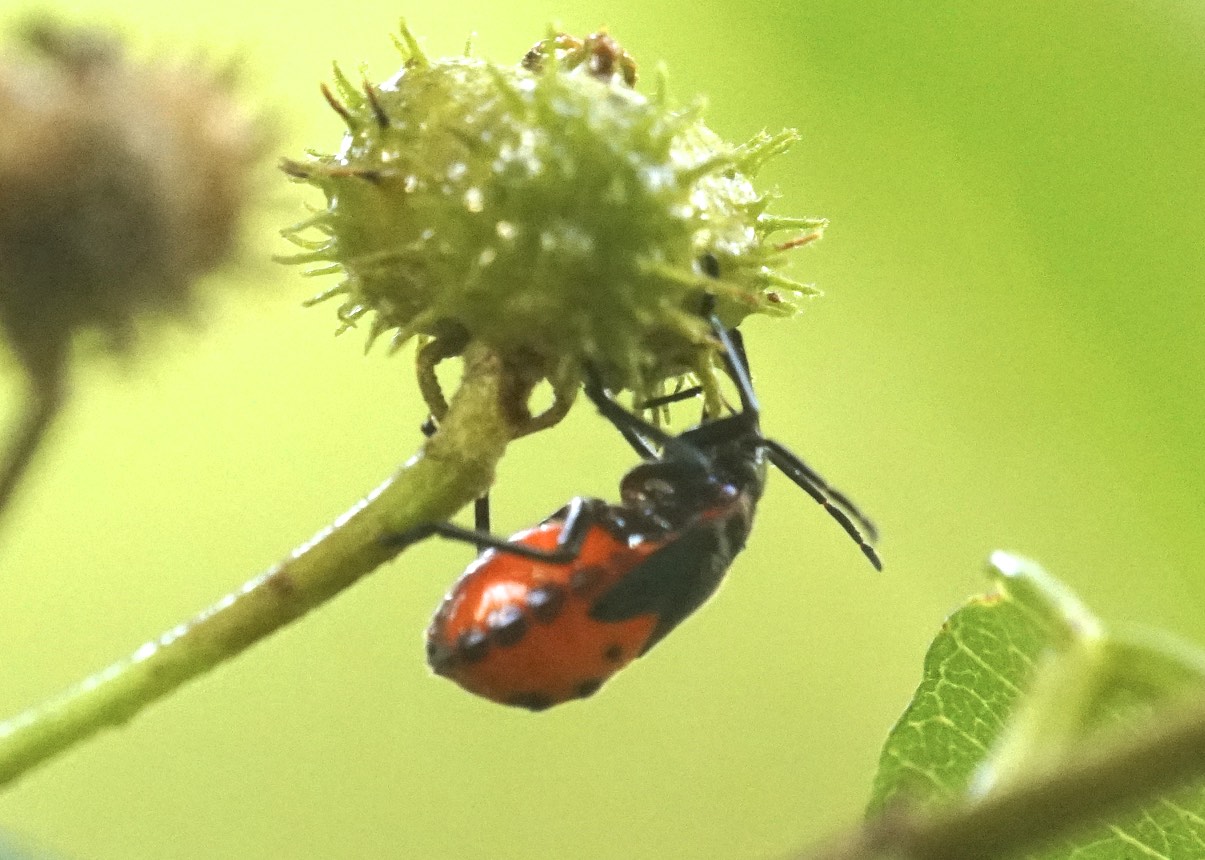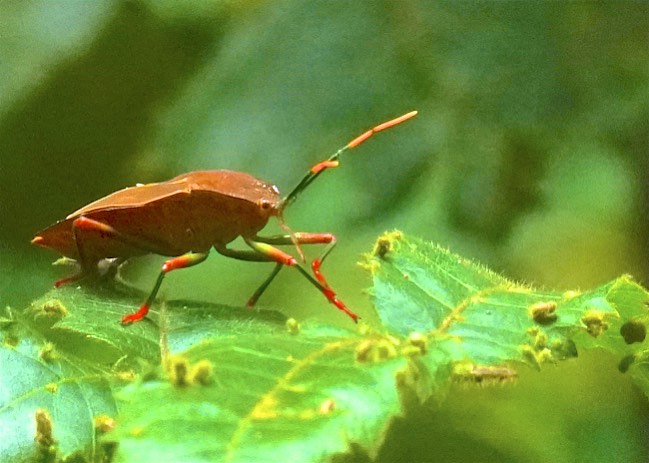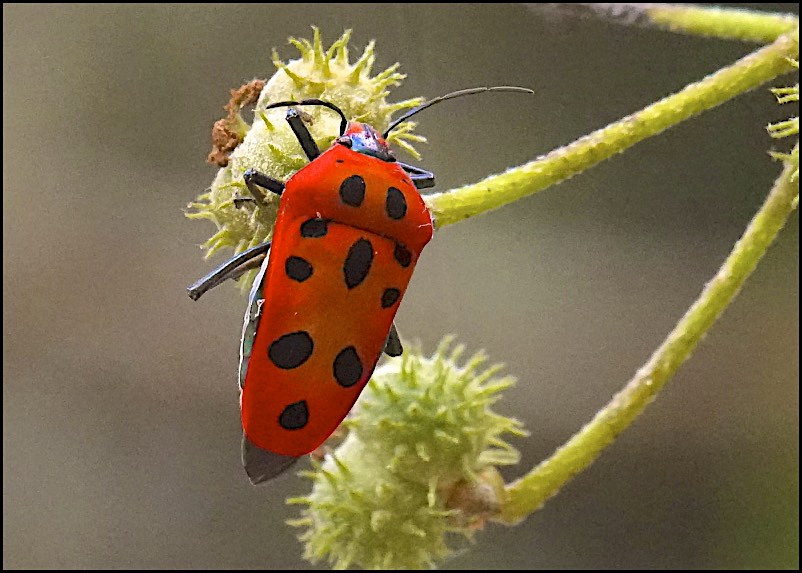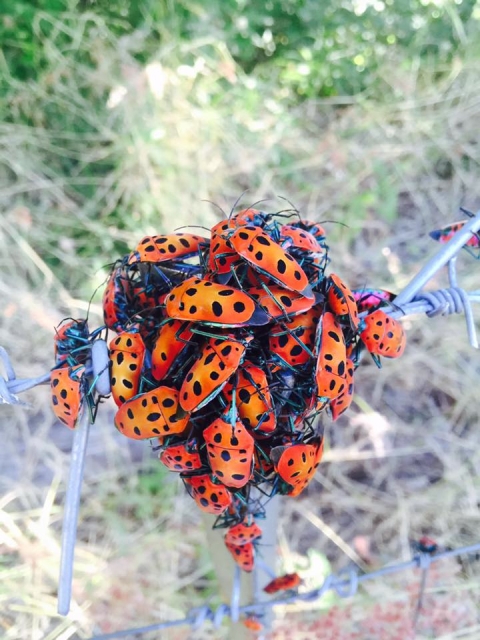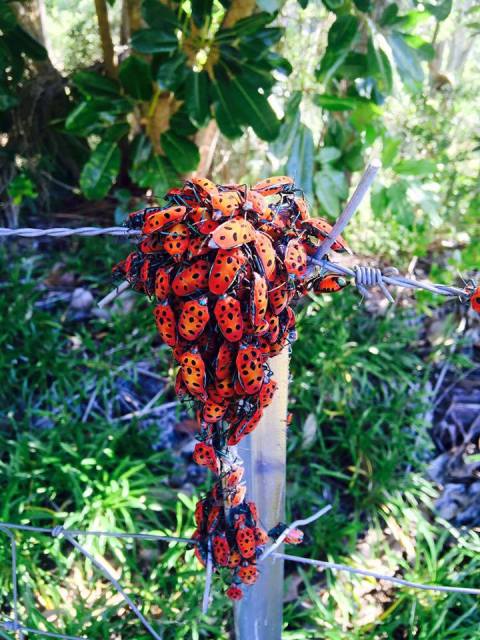Creekside Street Park has a lovely play area for children, with wide expanses of parkland to kick a ball around or go for a walk!
Why not take the kids along for some fun on Sunday morning 25 February?
You’ll find the park tucked away in Kenmore Hills.
And while you’re keeping an eye on the kids, you can help us out with some bushcare activities down by the creek.
For more info see our Working Bee calendar or contact Jim Pope on 07 3374 4181.
